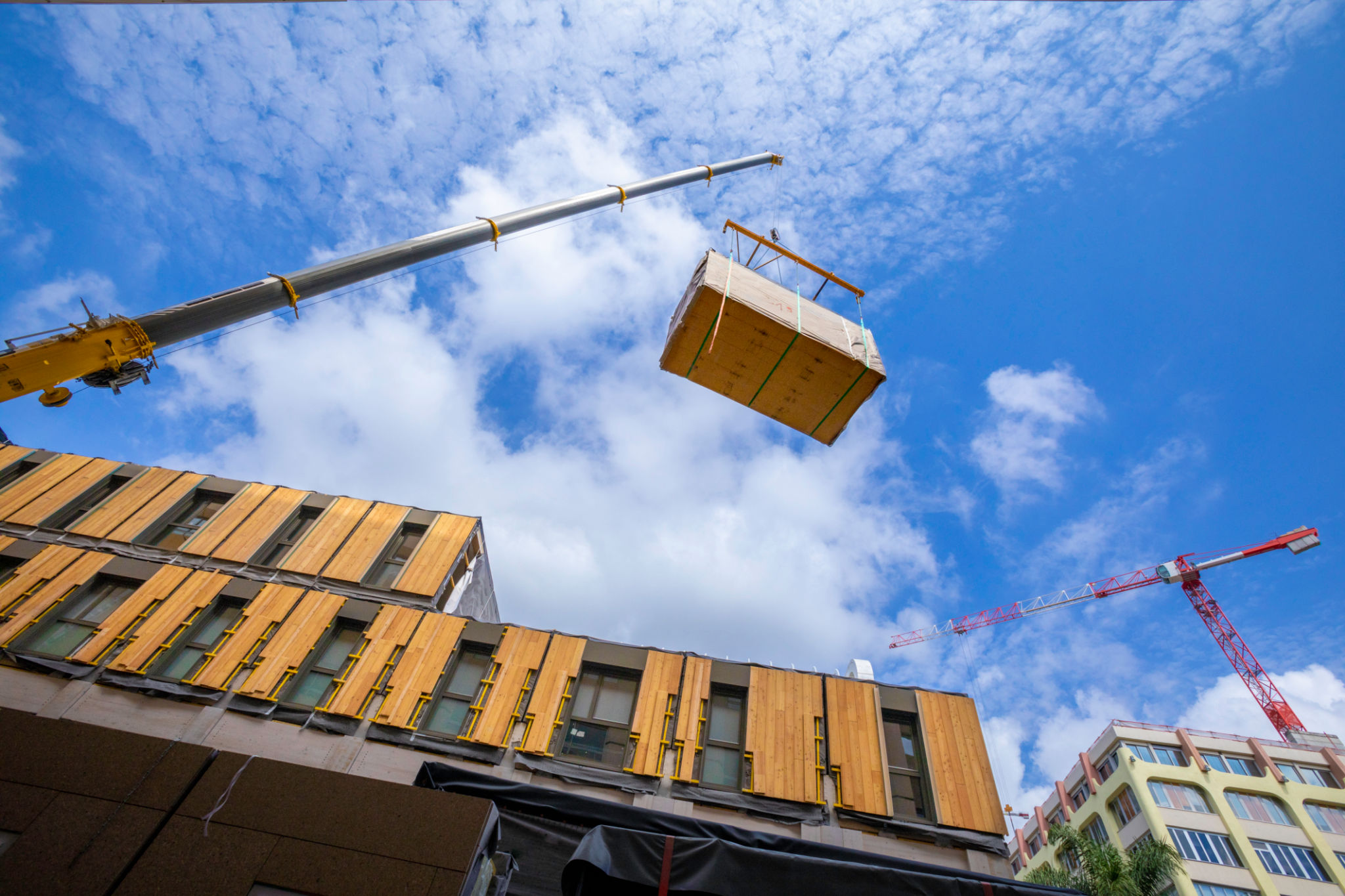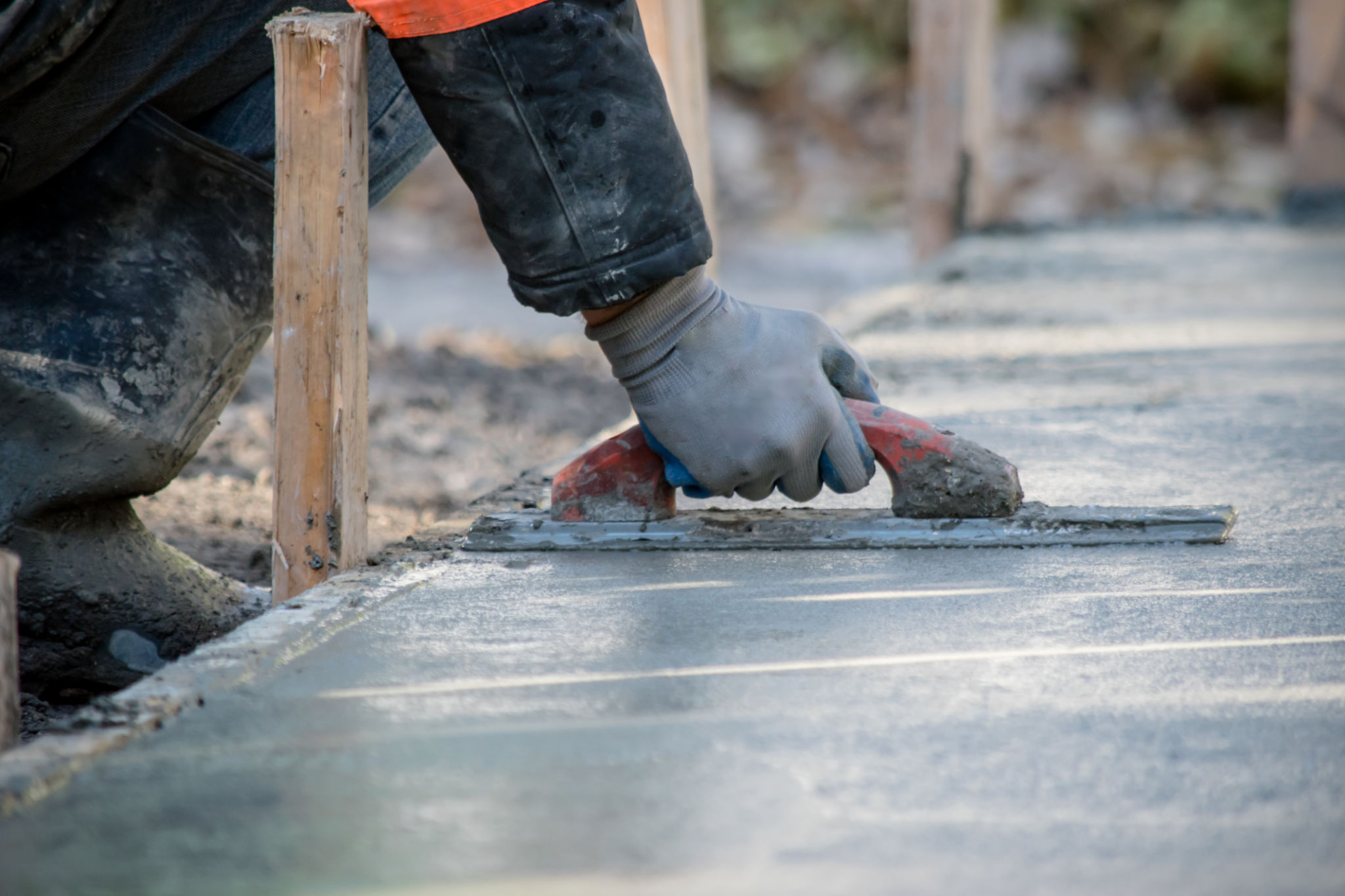Comparing Common Construction Techniques: Which is Right for Your Project?
Understanding Construction Techniques
When embarking on a construction project, choosing the right building technique is crucial for the success of your endeavor. Different methods offer various benefits and are suited to particular types of projects. This guide will explore some common construction techniques and help you determine which might be the best fit for your needs.

Traditional Stick Framing
Traditional stick framing is one of the most widely used construction techniques, particularly in North America. This method involves assembling a structure piece by piece on-site using lumber. It's favored for its flexibility, allowing builders to make adjustments quickly if needed. However, it can be susceptible to weather-related delays and requires skilled labor for precise construction.
The advantages of stick framing include its adaptability and cost-effectiveness, especially for residential projects. It's also easier to modify during the build, which can be beneficial if design changes occur mid-project.
Modular Construction
Modular construction involves prefabricating sections of a building in a factory setting and then assembling them on-site. This method is gaining popularity due to its efficiency and reduced construction time. Modules are built in a controlled environment, minimizing weather delays and ensuring a higher quality of work.

The primary benefits of modular construction are speed and consistency. Projects are often completed faster and with fewer unexpected costs. However, design flexibility can be limited compared to traditional methods, as modules are pre-designed.
Concrete Block Construction
Concrete block construction is known for its durability and strength, making it ideal for buildings that require robust structural support, such as commercial or industrial facilities. This method involves stacking concrete blocks and securing them with mortar.
While concrete block buildings are incredibly sturdy and resistant to environmental factors like fire and termites, they can be more expensive due to the materials and skilled labor required. Additionally, they are less flexible in terms of design compared to wood-framed structures.

Steel Frame Construction
Steel frame construction is a popular choice for skyscrapers and large commercial buildings due to its strength and ability to support heavy loads. Steel frames are assembled from prefabricated sections and provide excellent durability.
This technique allows for innovative architectural designs and can withstand severe weather conditions. However, it tends to come with higher costs, both in materials and specialized labor.
Choosing the Right Technique
When deciding on a construction technique, consider factors such as project size, budget, timeline, and design requirements. A smaller residential project might benefit from traditional stick framing due to its flexibility and cost-effectiveness. In contrast, larger commercial projects might opt for steel or concrete for their superior strength and durability.
It's essential to consult with construction professionals who can provide insights based on the specific demands of your project. By understanding the pros and cons of each method, you can make an informed decision that aligns with your goals and constraints.

In conclusion, selecting the right construction technique is a pivotal decision that can significantly impact your project's outcome. By weighing the benefits and limitations of each method, you can ensure that your project is built efficiently, within budget, and to your desired specifications.